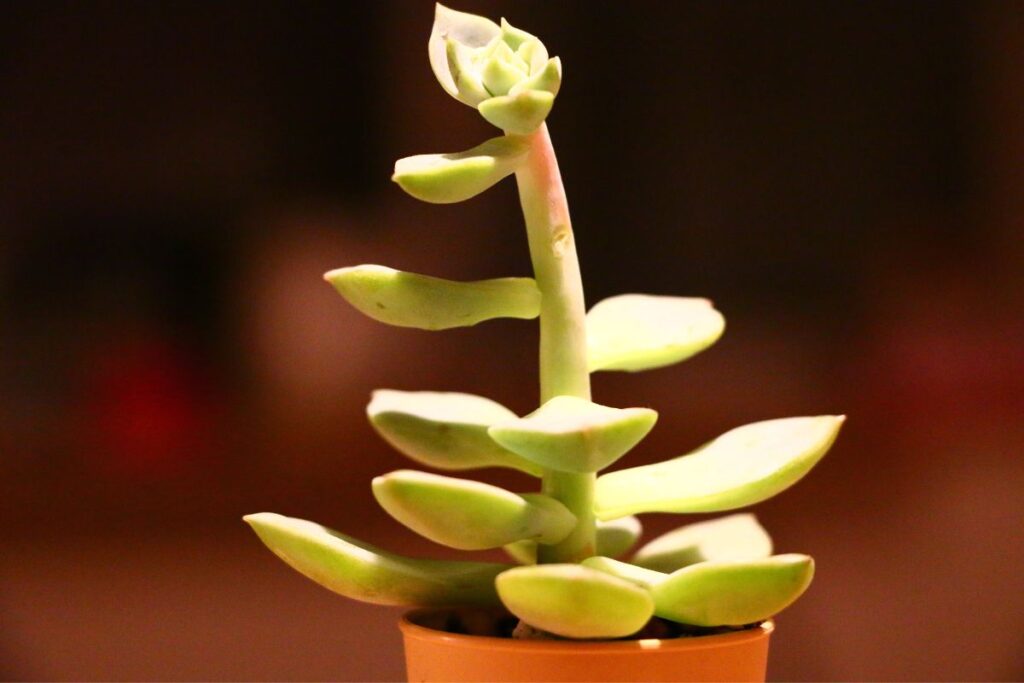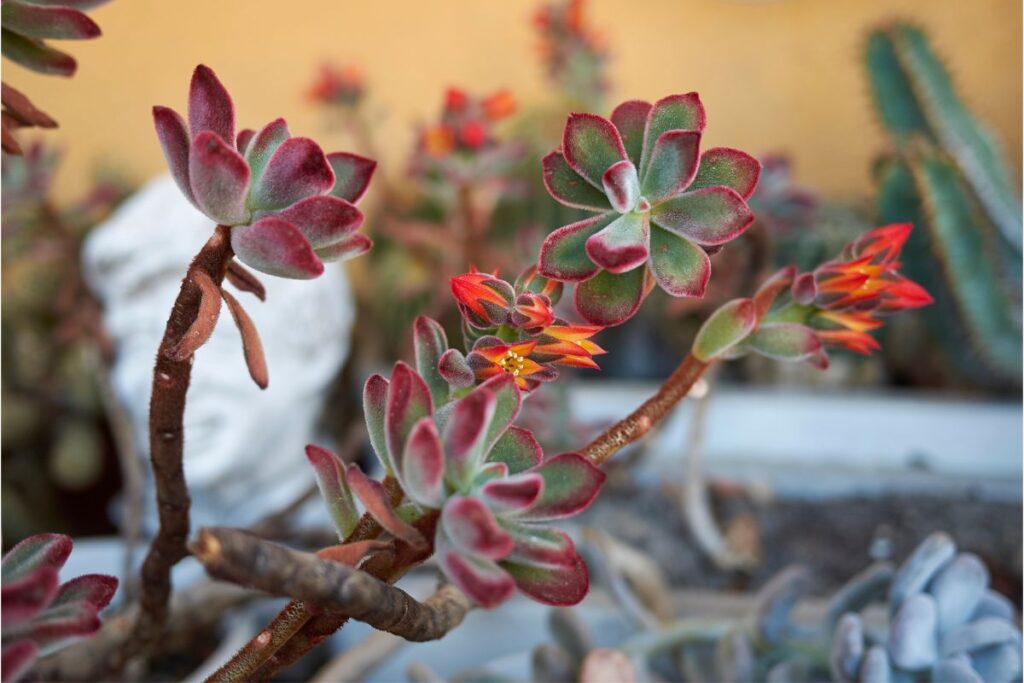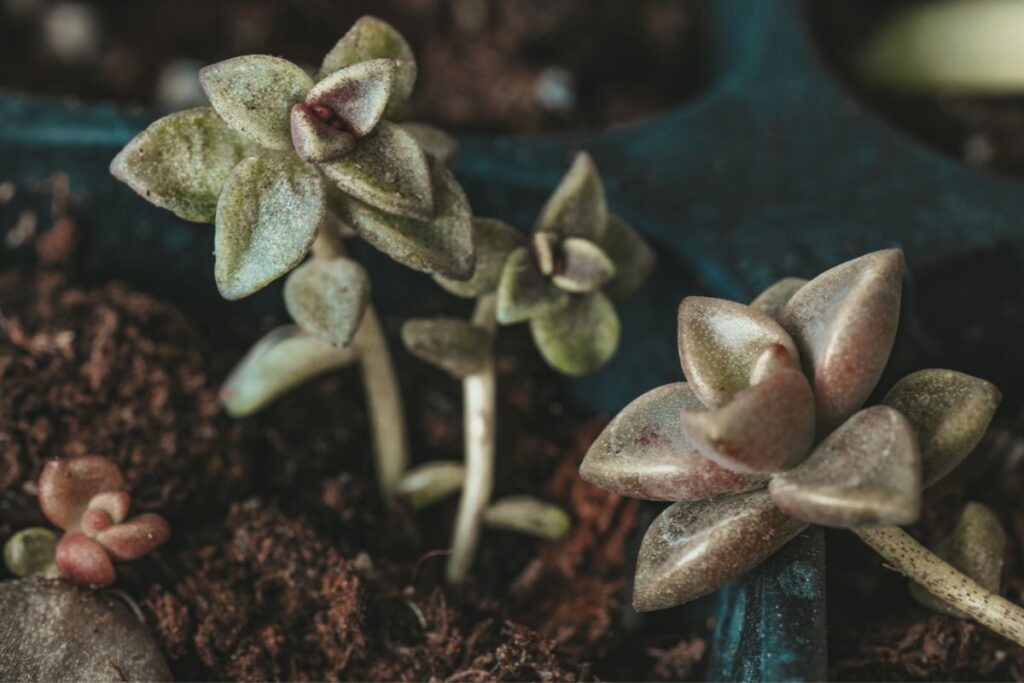Leggy Succulents? Quick Tips to Shorten Those Stems
Are your succulents looking a bit stretched out and lanky? Don’t worry, you can totally fix those long, leggy stems and get your cute, compact succulents back! Keep reading to find out why your succulents are growing tall and how to shorten those stems in a few easy steps.

Contents
Why Do Succulents Get Leggy?
Sometimes succulents start reaching up and growing taller stems instead of staying short and stout. There are two main reasons this happens:
1. It’s Just Their Nature
Some succulent varieties naturally have long, trailing stems as they mature. Plants like sedum, string of pearls, and rat tail cactus are meant to hang down or spread out with lengthier stems. If yours is one of these types, the leggy growth is totally normal!
2. They’re Craving More Sunlight
The other reason succulents stretch out is because they aren’t getting enough sunlight. Succulents are sun-lovers, so if yours is in a shady spot, it will start growing taller to try and reach brighter light. This elongated growth is called “etiolation.”

Is Etiolation Bad for Succulents?
While etiolation helps succulents survive by reaching for more sunshine, it’s not ideal. The stretched-out stems get weak and can snap easily. The leaves also lose their vibrant colors and plump appearance. So while a little legginess won’t kill your succulent, it’s better to prevent it from getting too etiolated.
How to Fix Leggy Succulents

1. Snip Those Stems!
The easy fix for overly leggy succulents is to simply trim off the stretched-out stems. Use clean, sharp scissors to cut back to where the stem is thick and healthy, making sure to leave a few leaf nodes. This will encourage new, compact growth.
You can also use the cuttings to propagate new succulents – just let them dry out for a few days first before replanting!
2. Give Them More Light
After trimming, make sure to put your succulent back in a bright, sunny location. South or west-facing windows are great, or use a grow light. With ample light, your succulent should remain short and full instead of getting leggy again.
3. Rotate for Even Growth
Don’t forget to rotate your potted succulents regularly! Turning them ensures all sides get equal light exposure. This prevents the plants from leaning and stretching towards their light source on just one side.
With some simple trimming, more sunshine, and rotation, you can say bye to those long, stretched-out stems. Your once leggy succulents will soon be back to their adorable, compact selves!
